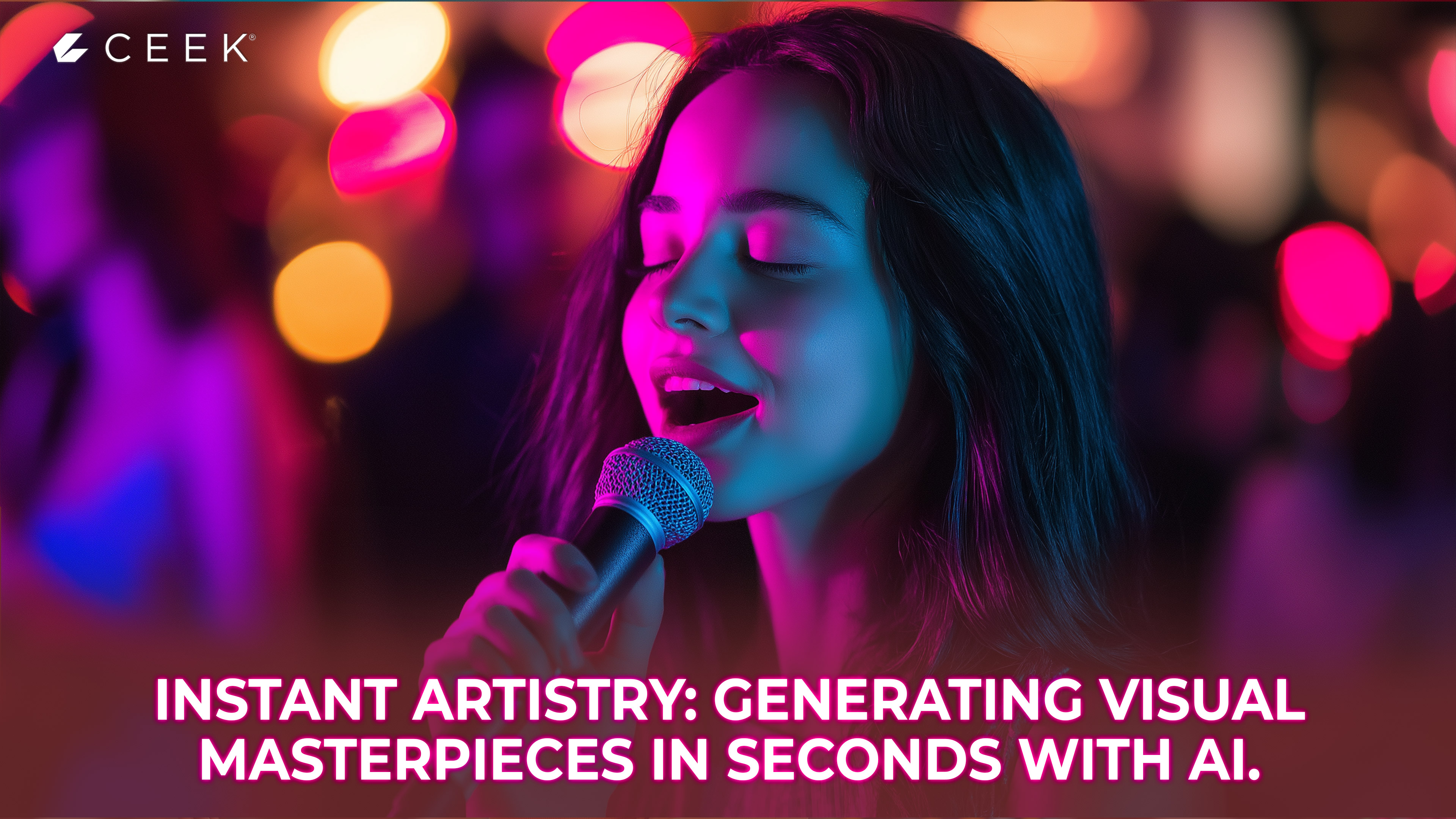Instant Artistry: Generating Visual Masterpieces in Seconds with AI
The age of digital artistry has entered a new chapter—one where creativity is no longer limited by time, tools, or traditional skill sets. Thanks to the rapid evolution of artificial intelligence, anyone can now generate stunning visuals in just seconds. What once took hours of sketching, refining, and editing can now be achieved with a simple prompt and a few clicks.
This isn’t just a novelty. It’s a creative revolution. Welcome to the world of instant artistry, where imagination meets innovation—and barriers to entry are finally breaking down.
The Rise of AI-Generated Art
AI art generators like Midjourney, DALL·E, Stable Diffusion, and Adobe Firefly have transformed how we think about visual creation. These tools use machine learning models trained on vast datasets of artwork and photography to generate entirely new images based on user input.
Simply type a phrase like “a futuristic city at sunset in watercolor style”, and within seconds, you're presented with a unique, high-quality image that reflects your vision.
It’s fast. It’s customizable. And it’s opening doors for creators, designers, marketers, and storytellers across industries.
Who’s Using Instant AI Art—and Why
1. Designers and Marketers
Generate brand visuals, moodboards, and concept images without relying solely on stock photography or manual illustration.
2. Content Creators
Produce eye-catching thumbnails, social media graphics, and visual storytelling elements that boost engagement.
3. Educators and Presenters
Bring ideas to life with visuals that enhance learning and make abstract concepts more accessible.
4. Writers and Worldbuilders
Visualize characters, scenes, and settings for books, games, or interactive storytelling projects.
5. Entrepreneurs and Startups
Create quick prototypes, product mockups, and pitch visuals without needing a dedicated design team.
Instant Doesn’t Mean Impersonal
There’s a common critique that AI art lacks authenticity. But in reality, these tools are only as expressive as the person using them. The artistry lies not just in the final output—but in the prompt engineering, curation, and creative direction behind it.
Creators are learning to treat AI tools not as replacements, but as collaborators. Much like a painter with a new brush or a photographer with a new lens, they’re discovering how to channel their voice through new technology.
Ethical Questions and Creative Ownership
As AI-generated art becomes more common, questions around originality, attribution, and copyright are increasingly relevant. While laws are still catching up, many artists are exploring blockchain-based solutions to prove authorship, tokenize their works, and maintain transparency.
Ownership in the AI art world may not look like traditional IP—but with the right infrastructure, creators can still protect and profit from their work.
The Future of Visual Creation
AI is not just speeding up the creative process—it’s democratizing it. People who never considered themselves artists are now experimenting with visual storytelling. And seasoned professionals are using AI to extend their capabilities, explore new styles, and free up time for higher-level creative thinking.
As these tools continue to evolve, we’ll see AI-generated visuals integrated into:
- Digital fashion and product design
- Immersive environments and virtual spaces
- Branded content campaigns
- Interactive educational tools
- Real-time, personalized media experiences
- The possibilities are expanding—and they’re just getting started.
Final Thought
Art is no longer limited by hand, software, or formal training. With AI, visual expression becomes instant, accessible, and collaborative.
You don’t need to wait weeks for inspiration to strike or spend hours perfecting a composition. Now, you can create on impulse, refine in real time, and share without delay.
Because in the age of AI, your vision is only seconds away from becoming a masterpiece.

